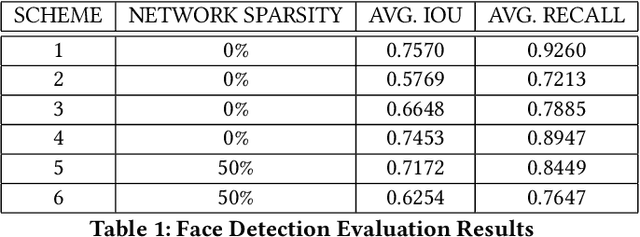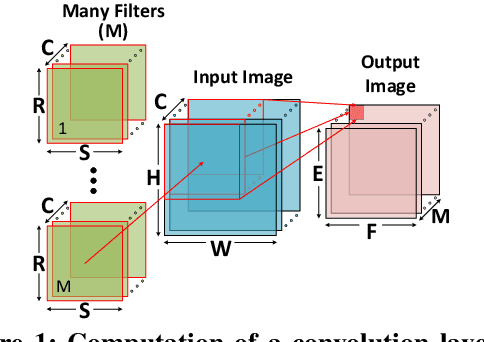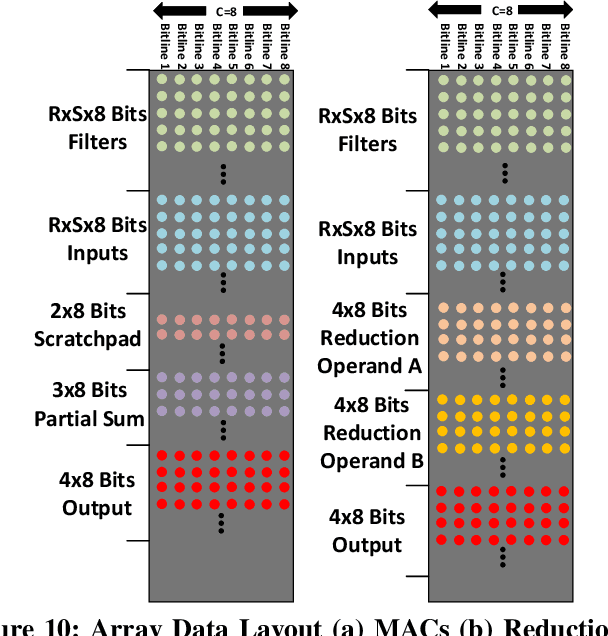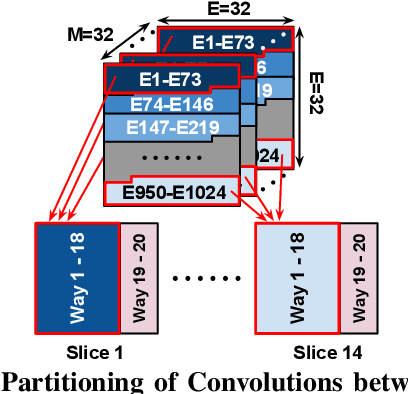Dennis Sylvester
University of Michigan
Microscopic Robots That Sense, Think, Act, and Compute
Mar 29, 2025Abstract:While miniaturization has been a goal in robotics for nearly 40 years, roboticists have struggled to access sub-millimeter dimensions without making sacrifices to on-board information processing due to the unique physics of the microscale. Consequently, microrobots often lack the key features that distinguish their macroscopic cousins from other machines, namely on-robot systems for decision making, sensing, feedback, and programmable computation. Here, we take up the challenge of building a microrobot comparable in size to a single-celled paramecium that can sense, think, and act using onboard systems for computation, sensing, memory, locomotion, and communication. Built massively in parallel with fully lithographic processing, these microrobots can execute digitally defined algorithms and autonomously change behavior in response to their surroundings. Combined, these results pave the way for general purpose microrobots that can be programmed many times in a simple setup, cost under $0.01 per machine, and work together to carry out tasks without supervision in uncertain environments.
SQ-DM: Accelerating Diffusion Models with Aggressive Quantization and Temporal Sparsity
Jan 26, 2025Abstract:Diffusion models have gained significant popularity in image generation tasks. However, generating high-quality content remains notably slow because it requires running model inference over many time steps. To accelerate these models, we propose to aggressively quantize both weights and activations, while simultaneously promoting significant activation sparsity. We further observe that the stated sparsity pattern varies among different channels and evolves across time steps. To support this quantization and sparsity scheme, we present a novel diffusion model accelerator featuring a heterogeneous mixed-precision dense-sparse architecture, channel-last address mapping, and a time-step-aware sparsity detector for efficient handling of the sparsity pattern. Our 4-bit quantization technique demonstrates superior generation quality compared to existing 4-bit methods. Our custom accelerator achieves 6.91x speed-up and 51.5% energy reduction compared to traditional dense accelerators.
Millimeter-Scale Ultra-Low-Power Imaging System for Intelligent Edge Monitoring
Mar 09, 2022



Abstract:Millimeter-scale embedded sensing systems have unique advantages over larger devices as they are able to capture, analyze, store, and transmit data at the source while being unobtrusive and covert. However, area-constrained systems pose several challenges, including a tight energy budget and peak power, limited data storage, costly wireless communication, and physical integration at a miniature scale. This paper proposes a novel 6.7$\times$7$\times$5mm imaging system with deep-learning and image processing capabilities for intelligent edge applications, and is demonstrated in a home-surveillance scenario. The system is implemented by vertically stacking custom ultra-low-power (ULP) ICs and uses techniques such as dynamic behavior-specific power management, hierarchical event detection, and a combination of data compression methods. It demonstrates a new image-correcting neural network that compensates for non-idealities caused by a mm-scale lens and ULP front-end. The system can store 74 frames or offload data wirelessly, consuming 49.6$\mu$W on average for an expected battery lifetime of 7 days.
Neural Cache: Bit-Serial In-Cache Acceleration of Deep Neural Networks
May 09, 2018



Abstract:This paper presents the Neural Cache architecture, which re-purposes cache structures to transform them into massively parallel compute units capable of running inferences for Deep Neural Networks. Techniques to do in-situ arithmetic in SRAM arrays, create efficient data mapping and reducing data movement are proposed. The Neural Cache architecture is capable of fully executing convolutional, fully connected, and pooling layers in-cache. The proposed architecture also supports quantization in-cache. Our experimental results show that the proposed architecture can improve inference latency by 18.3x over state-of-art multi-core CPU (Xeon E5), 7.7x over server class GPU (Titan Xp), for Inception v3 model. Neural Cache improves inference throughput by 12.4x over CPU (2.2x over GPU), while reducing power consumption by 50% over CPU (53% over GPU).
 Add to Chrome
Add to Chrome Add to Firefox
Add to Firefox Add to Edge
Add to Edge